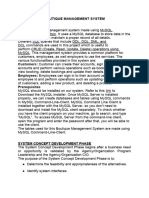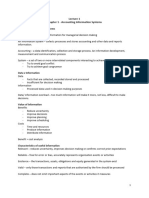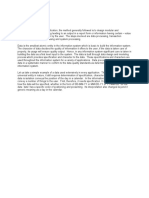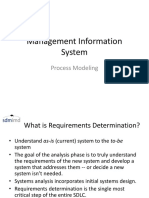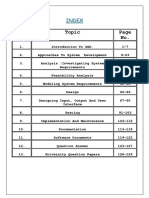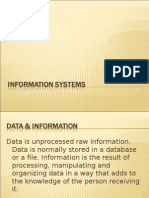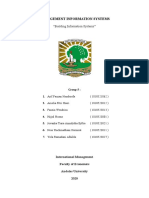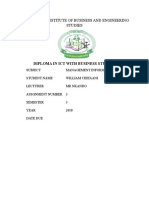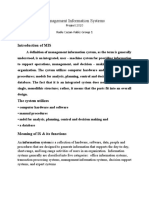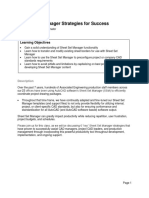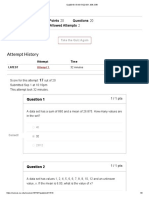0% found this document useful (0 votes)
10 views21 pagesModule 5 IT Infrastructure
Information Technology Infrastructure: Introduction, data processing, transaction processing,
application Processing ,information system processing, TQM of IS, introduction network, network
topology, data communication, Data & Clint Service Architecture RDBMS, Data Ware House,
Introduction to E-business, models of E-business, internet and World Wide Web (WWW), Intranet
and extranet, Security in E-business, electronic payment system, Impact of web on strategic
management, web enabled business man
Uploaded by
YogeshCopyright
© © All Rights Reserved
We take content rights seriously. If you suspect this is your content, claim it here.
Available Formats
Download as PDF, TXT or read online on Scribd
0% found this document useful (0 votes)
10 views21 pagesModule 5 IT Infrastructure
Information Technology Infrastructure: Introduction, data processing, transaction processing,
application Processing ,information system processing, TQM of IS, introduction network, network
topology, data communication, Data & Clint Service Architecture RDBMS, Data Ware House,
Introduction to E-business, models of E-business, internet and World Wide Web (WWW), Intranet
and extranet, Security in E-business, electronic payment system, Impact of web on strategic
management, web enabled business man
Uploaded by
YogeshCopyright
© © All Rights Reserved
We take content rights seriously. If you suspect this is your content, claim it here.
Available Formats
Download as PDF, TXT or read online on Scribd
/ 21







